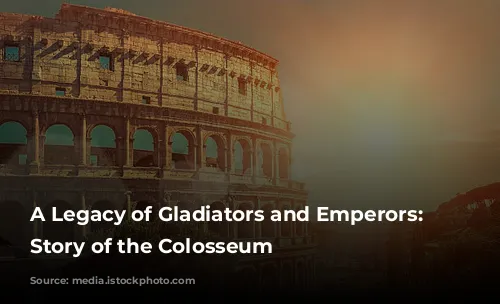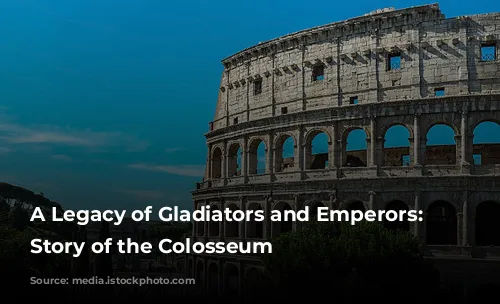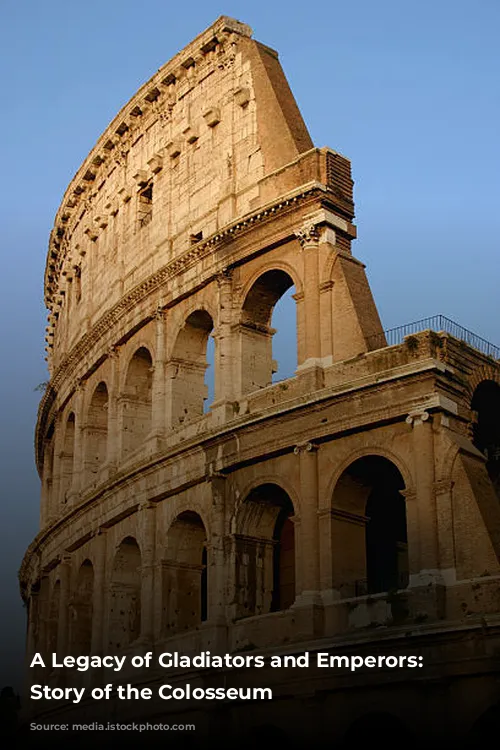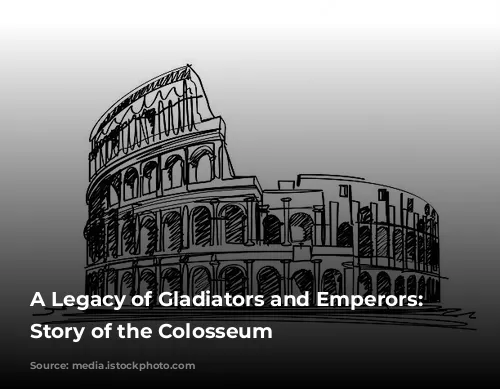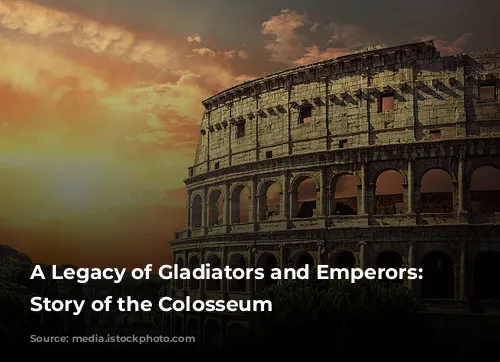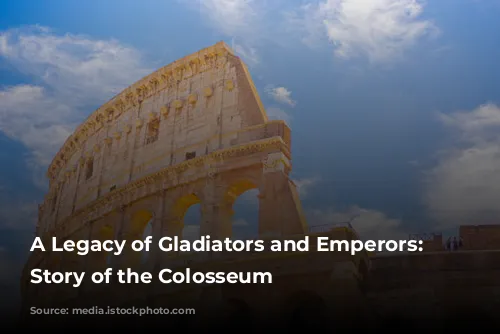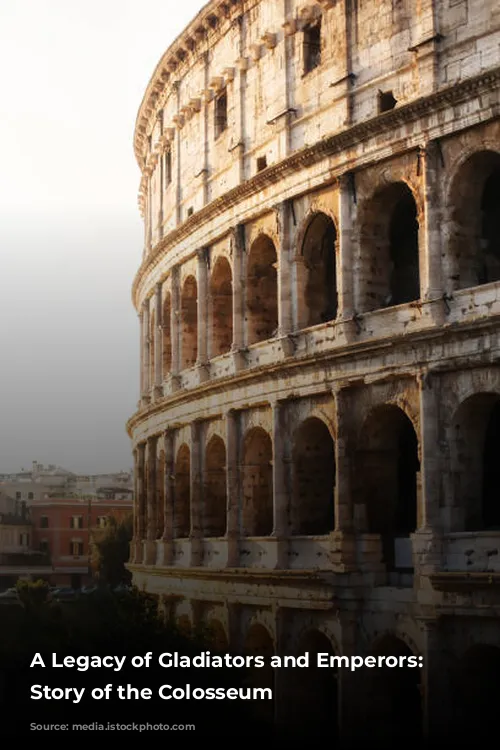The Colosseum, standing tall in the heart of Rome, is a monument that whispers tales of a bygone era. Once a roaring arena where gladiators clashed and wild beasts were hunted, it now stands as a silent witness to the rise and fall of the Roman Empire. From its bloody beginnings to its current status as a beloved landmark, the Colosseum’s journey is a fascinating one.
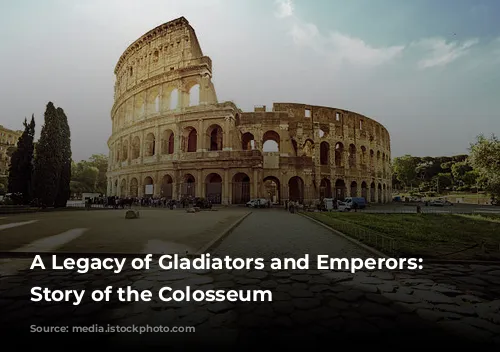
From Gladiator Arena to Imperial Gift
Imagine the roar of the crowd, the clash of steel, the smell of blood and sweat. That was the Colosseum in its prime, a gladiatorial arena where thousands of spectators gathered to witness death-defying spectacles. The Colosseum, then known as the Flavian Amphitheater, was built by Emperor Vespasian as a gift to the Roman people. He wanted to appease the masses who were disillusioned after the tyrannical rule of Emperor Nero. His son, Titus, officially inaugurated the arena with a 100-day festival of games, setting the stage for its legendary status. The Colosseum, under the rule of Domitian, Titus’s younger brother, was completed in 83 AD.
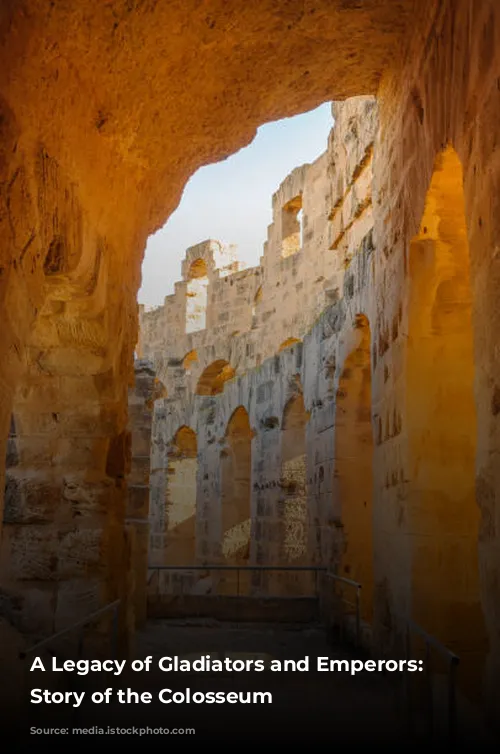
From Arena to Cemetery
The gladiatorial combats ceased in the late 1st century AD, but the Colosseum continued to host hunts of wild beasts. Eventually, however, its purpose shifted. The once-mighty arena became a forgotten space, its grandeur slowly fading. It was even used as a cemetery, with people burying their loved ones on the very ground where gladiators once fought. Its vaulted spaces were converted into homes and workshops, while a chapel was built within its walls. This period marked a decline in the Colosseum’s glory, as its purpose changed from entertainment to survival.
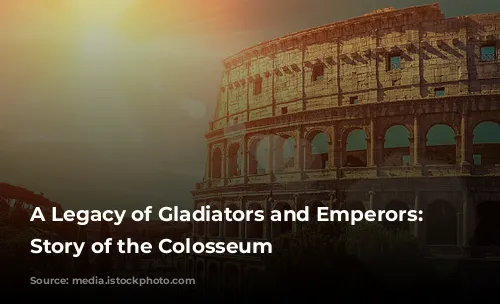
A History of Transformation
The Colosseum underwent several transformations throughout the centuries. The Frangipani family, a powerful Roman clan, turned it into a fortified castle in the Middle Ages. Earthquakes and natural disasters took their toll, leaving visible scars on its structure. In a twist of fate, the Colosseum was stripped of its stone and metal for reuse in other constructions, including the Saint Peter’s Basilica.

A Holy Site and a Symbol of Resilience
In the 18th century, Pope Benedict XIV declared the Colosseum a holy site, believing it to be consecrated by the blood of Christian martyrs. However, historical evidence does not fully support this claim. Despite the centuries of decay and misuse, the Colosseum’s resilience prevailed. Over time, various Popes, governments, and the city of Rome have invested in its restoration, bringing it back to its former grandeur.
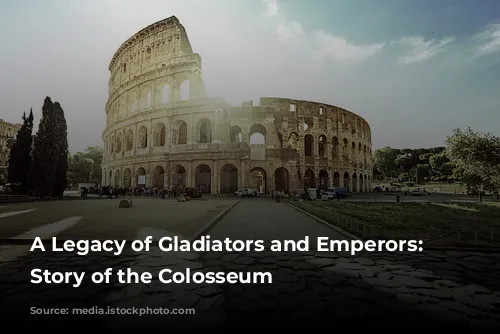
A Timeless Legacy
Today, the Colosseum stands as a beacon of history and a symbol of the enduring spirit of Rome. The Colosseum’s imposing presence attracts over 7 million visitors each year, making it Italy’s most visited tourist attraction and one of the most iconic buildings in the world. It is a testament to the ingenuity and creativity of the Roman people, a reminder of their power, and a symbol of their enduring legacy. After 1937 years, the Colosseum continues to captivate the world, offering a glimpse into the past and inspiring awe in the present.
